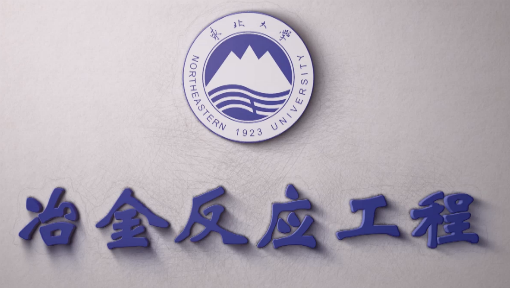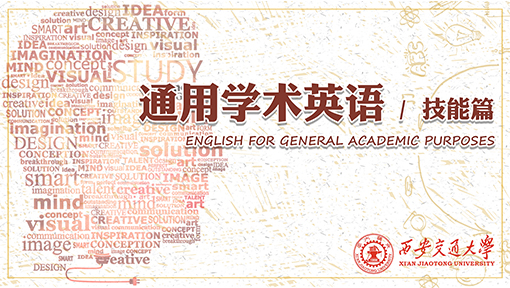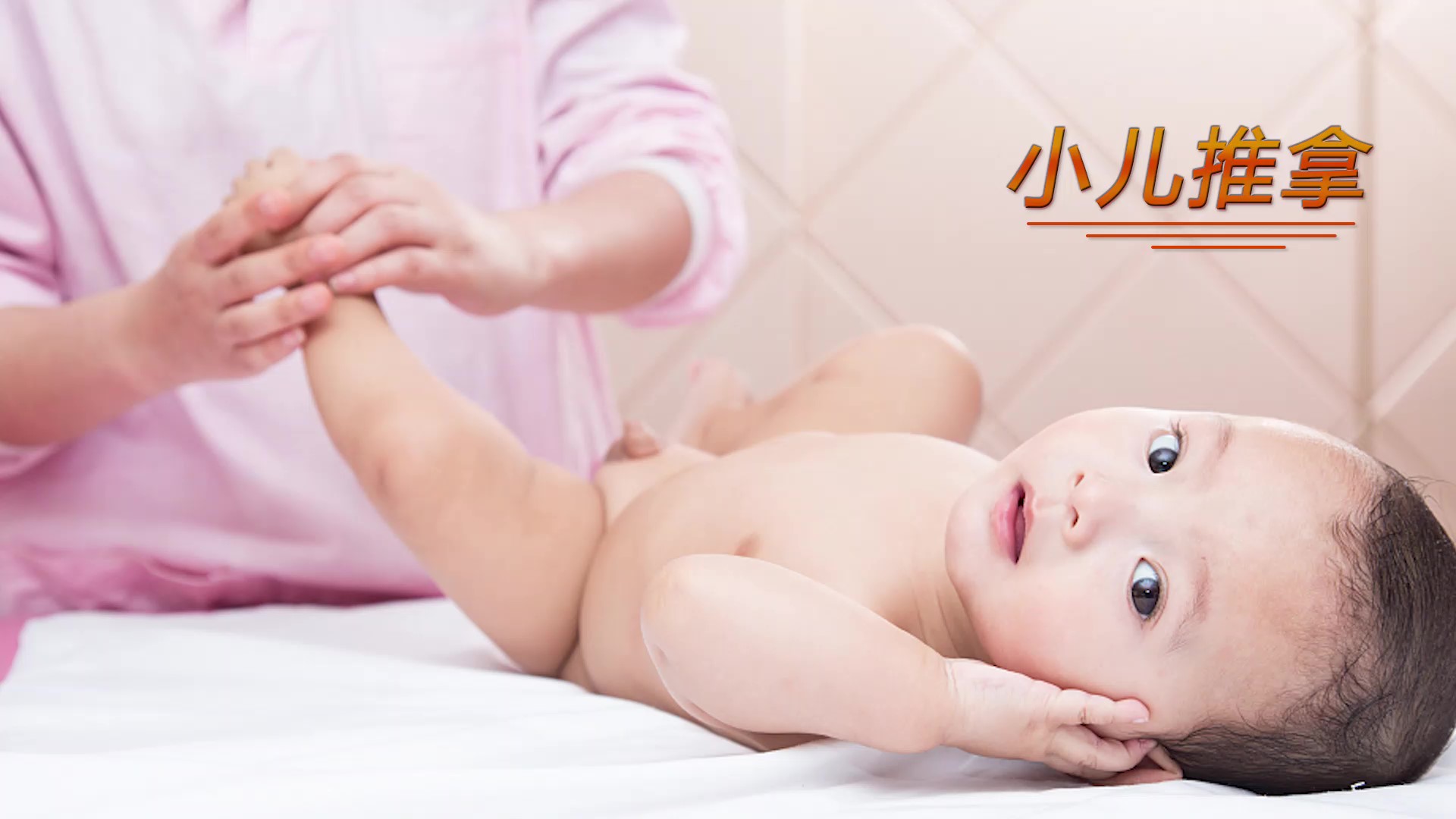
当前课程知识点:Chinese Ceramics > Unit 9 Blue and White Wares (Qinghua Ci) > 9.2 The Invention of Blue-and-white Porcelain in the Tang Dynasty > 9.2 The Invention of Blue-and-white Porcelain in the Tang Dynasty
返回《Chinese Ceramics》慕课在线视频课程列表
大家好,欢迎来到课堂
今天我们就来讨论一下
青花瓷的发明
据我所知
唐代以瓷器作为一种重要商品同外国进行贸易交往
在“丝绸之路”之后出现了著名的“陶瓷之路”
对传播中华文明起到了巨大的作用
中国制瓷技术也由此传向世界各国
为人类文明的进步作出了巨大的贡献。对吗
对的,唐朝(公元618-907年)
是中国古代社会发展的鼎盛时期
瓷器工业发展迅速
那个时期的瓷器以其品种繁多
颜色各异的釉料和多种容器形状而闻名
生产力的发展、技术的进步
社会的稳定、文化的繁荣
和对外交流的扩大
为唐代青花瓷的发明
提供了适宜的经济和社会条件
一些证据表明
青花瓷早在唐朝就成功地生产出来了
然而,唐代青花瓷
很少能在中国找到
因为大部分都出口到国外了
唐代青花瓷于20世纪40年代被发现
但它才在
很大程度上被人们忽视
直到1975年在江苏省扬州市
唐城遗址出土唐代青花瓷盘和枕片
另一个重要的发现是在1998年
在印度尼西亚的勿里洞沉船上发现了三块完整的唐代蓝白色盘子
为年代测定提供了具体的线索
在北朝(公元386-581年),巩义窑开始烧制瓷器
唐朝(公元618-907年),该行业繁荣起来
宋晋(公元960-1234年)衰落
2005-2007年在白河窑址
和2002-2004年在黄野窑址进行了考古发掘
在巩义窑遗址的晚唐地层中
出土了少量的唐青花碎片
然而,利用考古地层学的方法
这些碎片可以验证
唐代青花瓷产生的时间和地点
所以巩义窑、白河窑、黄野窑
被列为国家重点文物保护单位
20世纪80年代
对扬州唐代青花瓷碎片的研究表明
青花瓷的坯体和釉料
与巩义窑址的唐代白瓷相似
因此,科学家们得出
巩义是唐代青花瓷的发源地的结论
二十年后,在巩义窑遗址
发现的唐朝青花瓷碎片支持了这一假设
青花瓷是一种单烧瓷
釉下有青色装饰
青花瓷是一种烧结良好的白色瓷体
涂有钴颜料
和高烧透透明釉
它是指,带有上釉蓝色装饰的白色釉面陶器
说明巩义市
是最早青花瓷的产地
从白河窑址出土了
4块青花瓷碎片
但未发现完整的青花瓷器皿
这4块碎片包括两个碗
一个盒子和盖子,以及一个装饰着花朵图案的枕头
同样的,黄野窑址
只出土了一块青花瓷的碎片
也没有发现完整的青花瓷器皿
唐代巩义窑
青花瓷的烧制工艺如何
由于唐代青花瓷样品相对较少
未对其烧成温度和物理性质进行测量
而白河窑和黄野窑唐代青花瓷的
平均烧制温度为1247℃
说明唐代青花瓷的烧制温度
大概在1250℃左右
同样,烧制工艺与白瓷基本相同
只是在瓷体表面增加了喷涂工艺
上釉后高温单烧
今天的课就到这里
感谢观看,下次再见
-1.1 Introduction
-1.2 Ceramics in Neolithic, East Han and Wei-Jin Dynasties
--Ceramics in Neolithic, East Han and Wei-Jin Dynasties
-1.3 Sui and Tang dynasties and Song Dynasty ceramics
--Sui and Tang dynasties and Song Dynasty ceramics
-1.4 Ming and Qing Dynasties
-Unit 1 test
--Unit 1 test
-Discussion questions
-2.1 The Unique Chinese Ceramic Culture
--The Unique Chinese Ceramic Culture
-2.2 The Historical Development of Chinese Ceramic Making
--The Historical Development of Chinese Ceramic Making
-2.3 Chinese Ceramic Shape Art
-2.4 Chinese Ceramic Painting Art
--Chinese Ceramic Painting Art
-2.5 Chinese Ceramic Folk Stories
--Chinese Ceramic Folk Stories
-Unit 2 test
--Unit 2 test
-Discussion questions
-3.1 CeramicCulture and the Zodiac
--CeramicCulture and the Zodiac
-3.2 The heritage of traditional ceramic culture
--The heritage of traditional ceramic culture
-3.3 The development and innovation of ceramic art
--The development and innovation of ceramic art
-Unit 3 test
--Unit 3 test
-Discussion questions
-4.1 Gorgeous Colored Pottery
-4.2 The Method of Making Colored Pottery
--The Method of Making Colored Pottery
-4.3 Primitive Colored Pottery Ⅰ
-4.3 Primitive Colored Pottery Ⅱ
-4.3 Primitive Colored Pottery Ⅲ
-4.4 Black Earthenware
-4.5 White Pottery and Primitive Porcelain
--White Pottery and Primitive Porcelain
-Unit 4 test
--Unit 4 test
-Discussion questions
-5.1 Terracotta Warriors in Qin Dynasty
--Terracotta Warriors in Qin Dynasty
-5.2 Potteries in Han Dynasty
-Unit 5 test
--Unit 5 test
-Discussion questions
-6.1 Dragon kiln and Celadon
-6.2 Yue Kiln and Wuzhou kiln
-6.3 Deqing Kiln and Ou kiln
-6.4 Longquan Wares
-6.5 Yaozhou Wares
-Unit 6 test
--Unit 6 test
-Discussion questions
-7.1 Tang Tri-Colored Pottery
--7.1 Tang Tri-Colored Pottery
--7.1 Tang Tri-Colored Pottery
-7.1Tang Tri-Colored Pottery
--7.1 Tang Tri-Colored Pottery
--7.1 Tang Tri-Colored Pottery
-Discussion questions
-Unit 7 test
--Unit 7 test
-8.1 The flourishing age of the Song Dynasty
--8.1 The flourishing age of the Song Dynasty
-8.2 The flourishing age of the Song Dynasty
--8.2 The flourishing age of the Song Dynasty
-8.3 Ding Wares
-8.4 Ru Wares
-8.5 Guan Wares
-8.6 Ge Wares
-8.7 Jun Wares
-Discussion questions
-Unit 8 test
--Unit 8 test
-9.1 Reasons for the maturity of Qinghua porcelain in Yuan Dynasty
--9.1 Reasons for the maturity of Qinghua porcelain in Yuan Dynasty
-9.2 The Invention of Blue-and-white Porcelain in the Tang Dynasty
--9.2 The Invention of Blue-and-white Porcelain in the Tang Dynasty
-9.3 Fine China Ware became the Symbol of ChinaⅠ
--9.3 Fine China Ware became the Symbol of ChinaⅠ
-9.3 Fine China Ware became the Symbol of ChinaⅡ
--9.3 Fine China Ware became the Symbol of ChinaⅡ
-9.3 Fine China Ware became the Symbol of ChinaⅢ
--9.3 Fine China Ware became the Symbol of ChinaⅢ
-9.4 The charm of QinghuaⅠ
-9.4 The charm of QinghuaⅡ
-9.4 The charm of QinghuaⅢ
-Discussion questions
-10.1 Da Ming Wucai
-10.2 Wooden engravings influence on Wucai porcelain
--10.2 Wooden engravings influence on Wucai porcelain
-10.3 Kangxi Wucai
-10.4 Liling Under-glaze multicolored porcelainⅠ
--10.4 Liling Under-glaze multicolored porcelainⅠ
-10.4 Liling Under-glaze multicolored porcelainⅡ
--10.4 Liling Under-glaze multicolored porcelainⅡ
-Discussion questions
-11.1 The advent of Fencai
-11.2 Fencai Porcelain in the Yong zheng period
--Fencai Porcelain in the Yong zheng period
-11.3 Fencai Porcelain in the Qianlong Period
--Fencai Porcelain in the Qianlong Period
-Discussion questions
-13.1 Zisha-pottery
-13.2 The Zisha Teapot
-13.3 The Zisha tea set in the Ming Dynasty
-Discussion questions
-14.1 Development of Contemporary Chinese ceramic art
--14.1 Development of Contemporary Chinese ceramic art
-14.2 The internationalization trend of Chinese modern ceramics
--14.2 The internationalization trend of Chinese modern ceramics
-14.3 A new style of contemporary ceramic art Ⅰ
--14.3 A new style of contemporary ceramic artⅠ
-14.3 A new style of contemporary ceramic art Ⅱ
--14.3 A new style of contemporary ceramic art Ⅱ
-14.4 The Trade of the Artisans Ⅰ
--14.4 The Trade of the Artisans Ⅰ
-14.4 The Trade of the Artisans Ⅱ
--14.4 The Trade of the ArtisansⅡ
-Discussion questions
-15.1 Unique Cloisonné technique
--15.1 Unique Cloisonné technique
-15.2 The Craftsmanship and Development of Cloisonné
--15.2 The Craftsmanship and Development of Cloisonné
-15.3 The Problems Facing the Inheritance of Cloisonné
--15.3 The Problems Facing the Inheritance of Cloisonné
-15.4 The inheritance and development of Cloisonné
--15.4 The inheritance and development of Cloisonné
-Unit 15 Test
--Unit 15 Test
-Discussion questions
-16.1 Appreciation of Chinese ceramics
--16.1 Appreciation of Chinese ceramics
-16.2 Explore the origins of ancient ceramics Ⅰ
--16.2 Explore the origins of ancient ceramics Ⅰ
-16.2 Explore the origins of ancient ceramics Ⅱ
--16.2 Explore the origins of ancient ceramics Ⅱ
-Unit 16 Test
--Unit 16 Test
-17.1 Traditional Chinese Decorative Patterns
--17.1 Traditional Chinese Decorative Patterns
-17.2 Application of Traditional Chinese decorative patterns in ceramics
--17.2 Application of Traditional Chinese decorative patterns in ceramics
-Unit 17 Test
--Unit 17 Test
-Discussion questions



